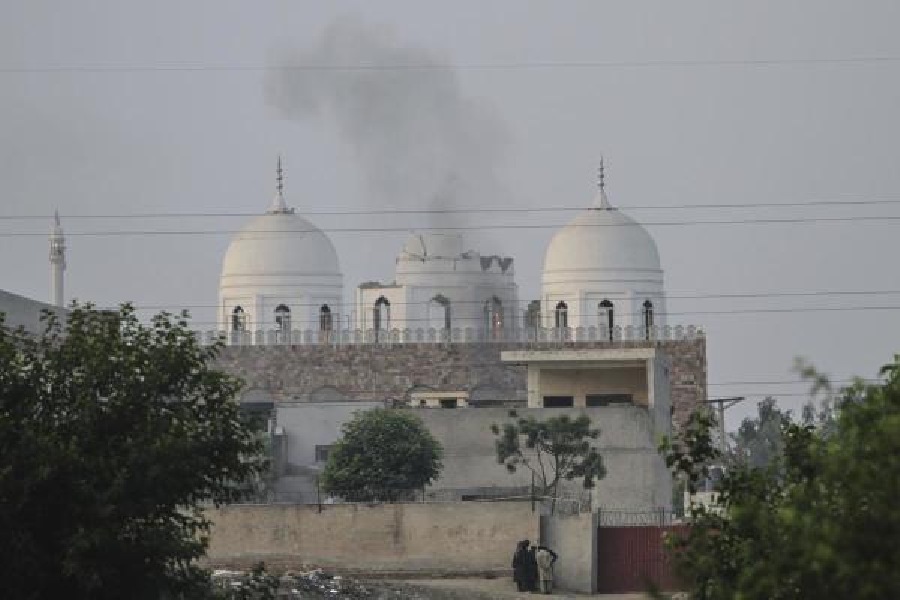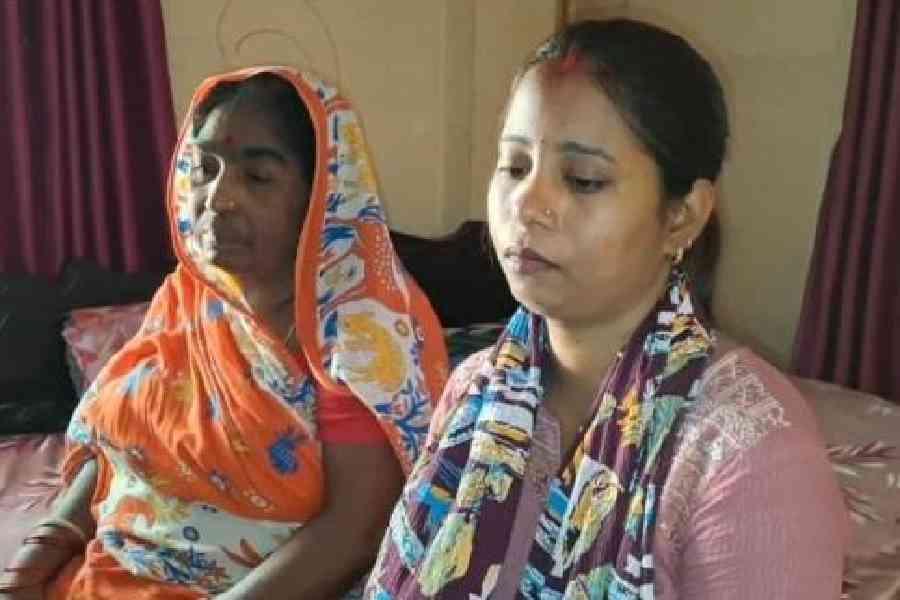 |
Bhubaneswar, Dec. 21: The state government is all set to replicate the Gandhinagar model of rooftop solar power generation in the twin cities of Bhubaneswar and Cuttack.
In Gandhinagar, the Gujarat government has successfully created small power generating units with the help of rooftop photovoltaic cells to produce power of up to 5 megawatt (MW). The power will then go to the local grid for distribution.
Two private companies — Azure Power and Sun Edison — have set up two power generating units of 2.5MW each in Gandhinagar and two more companies — Lanco Infratech Ltd and Mahindra Solar — are ready with more rooftop projects to add power by tapping the solar source.
Energy secretary Pradip Jena told The Telegraph: “Odisha will be the first state to replicate the Gandhinagar model in India. In Gandhinagar, property owners get Rs 3 as rooftop rent from the power generating companies foreach unit of power produced. The project in Cuttack and Bhubaneswar will target 80 per cent of the rooftops of government buildings and 20 per cent private premises.”
Speaking about tapping green energy sources for power generation in the state in the near future, Jena said: “The state government will invite technically competent power generators with adequate interest in tapping solar energy through small, rooftop ventures. Property owners could also get incentives as rooftop rent.”
In Gandhinagar, Old Secretariat building (Jeevan Mehta Bhavan) will have a facility so that the building can save upto Rs 50 lakh on power bills in a year in the near future.
“Office buildings and large housing or commercial complexes can save upto 25 per cent of their power bills by utilising their rooftops and allowing power producers to generate electricity in an eco-friendly way through solar panels,” said Jena.
The energy secretary was speaking on the sidelines of the Odisha Environment Congress, 2012, which was inaugurated yesterday by chief minister Naveen Patnaik. The state has readied a plan to form a separate company to tap unconventional energy sources such as small hydro, solar and wind.
However, before the energy department could think about adopting the Gujarat model in producing rooftop power through a participatory approach, the state-owned Odisha Renewable Energy Development Authority (Oreda) had already executed a small project on the rooftop of the state secretariat building, which started functioning on May 30.
Anirudha Rout, chief executive, Oreda, said: “Built at a cost of Rs 1.12 crore by Lanco Solar, the 50KW power unit on the secretariat building generates 150-200 units of power a day. However, as the power generation depends on the availability of sunlight, in July the unit produced the maximum 3,709KW hour of power. Before the secretariat project, Oreda had successfully implemented a community solar power project in a cluster of 17 villages in the remote Komna block of Nuapada district.”
An Oreda official said: “Last month, when there was a grid failure and the entire city was without power, the solar unit installed on the higher education department building of the state secretariat was supplying power to vital installations.”
Appreciating the move, environmentalist Bijay Kumar Mishra said: “It will be better than letting out rooftops to hazardous mobile towers.”
Urban management expert Piyush Ranjan Rout spoke for well-lighted architecture to use sunlight effectively.











